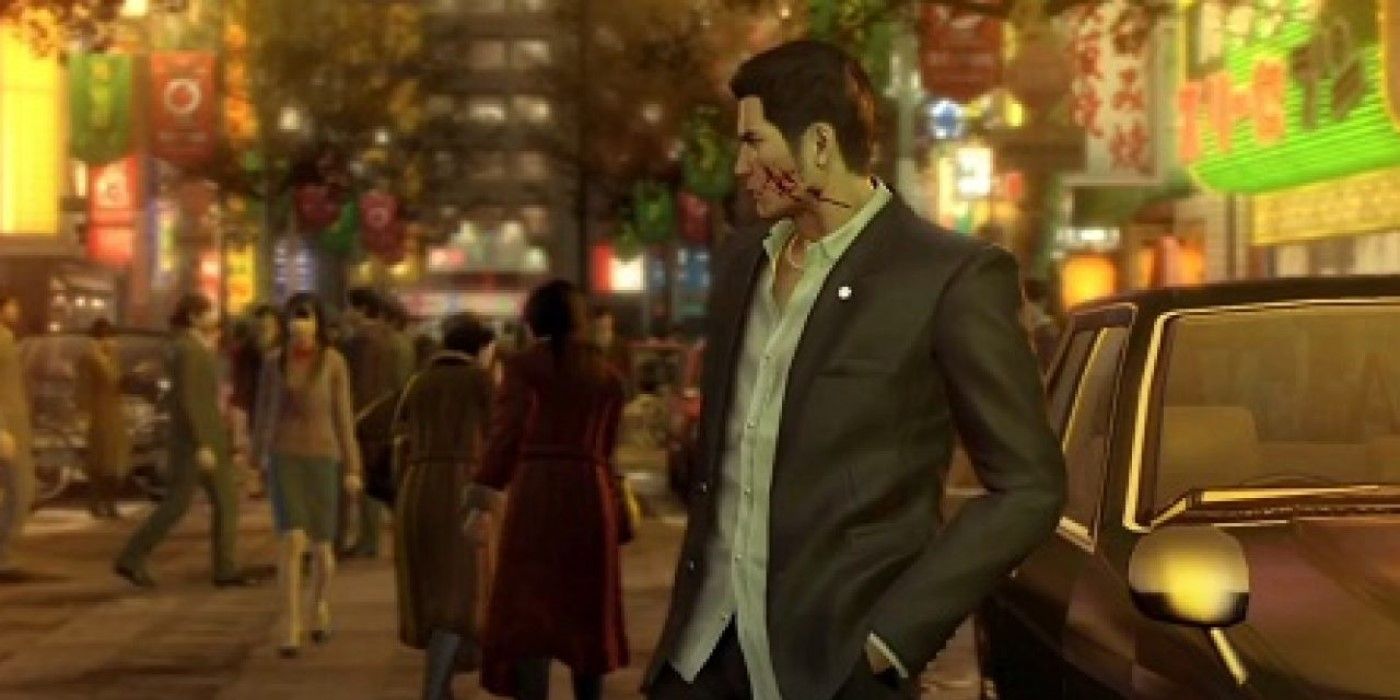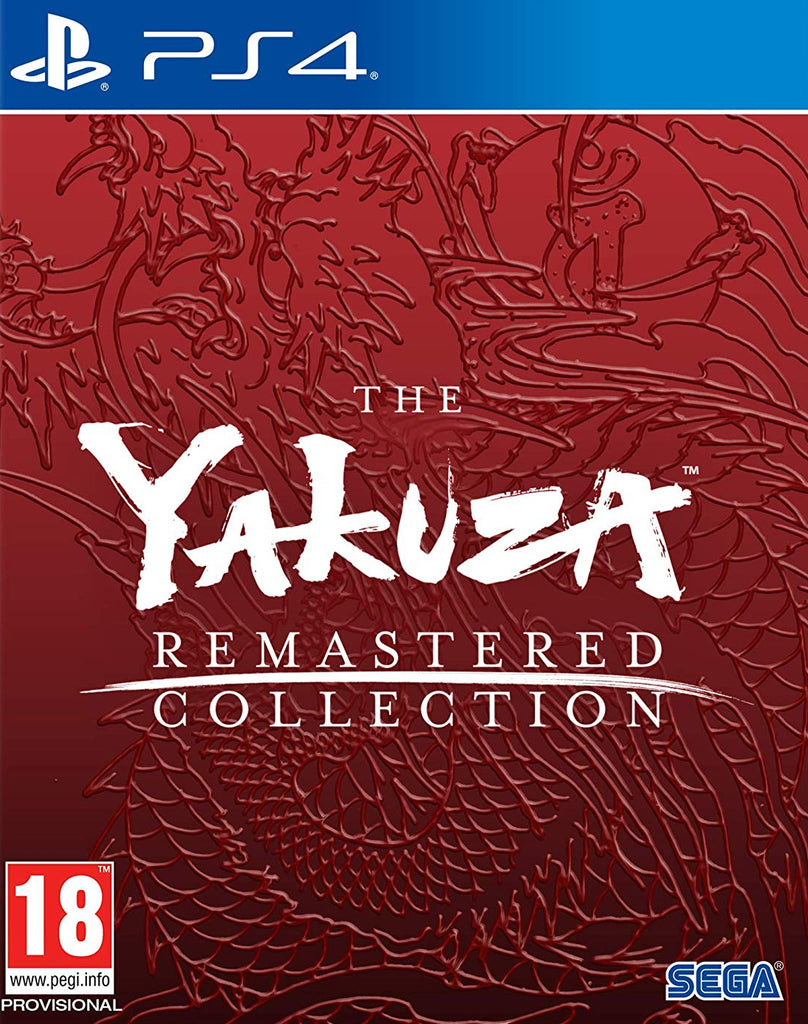

YAKUZA 0 STORYWRITING DOWNLOAD
The work that’s gone into this game is impressive to say the least, and as soon as I picked it up I could scarcely wait for it to download before diving right into the world of Yakuza. Instead of toning down Japanese culture, Yakuza 0 revels in it, from the slight differences in accent between regions to the way a salaryman stays one step below his boss on a staircase as a sign of respect.

This hard work resulted in a game that managed to revive the Western Yakuza fanbase, serve as a fitting successor to the games that came before it, and bring a remarkably vivid picture of Japanese life to Western audiences. Additionally, many of the playable minigames were not familiar to Western audiences, which resulted in the team having to write 34 pages of instruction for Mahjong alone.


This monumental effort included translating over 1.8 million Japanese characters, nearly twice as many as the average JRPG. The dauntless task of localization was given to a team from Atlus USA, who then spent the next year and a half working tirelessly to produce a Yakuza game that would wow Western audiences. It is in this vacant space that Yakuza 0 took center stage and did something truly remarkable. By 2014, the English fanbase had nearly died out thanks in part to the commercial flop of the zombie-themed spinoff Yakuza: Dead Souls. Even with subtitles, Yakuza struggled to achieve Western success with later games. However, many of the concepts did not translate well, the acting was jarring and low quality at points, and fans generally preferred subtitled versions of the games.
YAKUZA 0 STORYWRITING SERIES
The first game in the series attempted to solve this problem by dubbing the game in English, featuring a cast that included Mark Hamill of Star Wars fame. Since the series was set in Japan and featured extremely Japanese characters and concepts, localization had proven incredibly messy. In 2014, this disconnect had nearly driven the Yakuza series completely out of the international market. This cultural disconnect is common to the majority of Western audiences, and poses an immense challenge for Japanese creators trying to communicate their ideas to an international audience. Most of the media I consume originates from and represents only small parts of the country, and there is a myriad of cultural nuances I may never fully understand since I wasn’t raised there. My multiple attempts to learn Japanese have resulted in little more than me being able to stumble through some simple greetings. Yet, despite my deep love for everything Japan, I have to admit that I don’t fully understand it. As the country has opened itself up to the world over the past few decades, scores of so-called “Japanophiles” have consumed art and media flowing out of the country at a truly astonishing rate. After hearing all that, you might think I’m a huge dork, and you wouldn’t be wrong, but I’m hardly the only American who feels this way. I’ve made more than a few ill-fated attempts to teach myself Japanese, memorized more anime openings than I care to admit, and in the past spent hours drawing Kanji (Japanese writing) on my arm and walking around like I was the coolest guy in the world. Starting when I was a teenager, I’ve been utterly fascinated by the art, language, music, architecture, history, and so much more that flows out of the island kingdom.


 0 kommentar(er)
0 kommentar(er)
